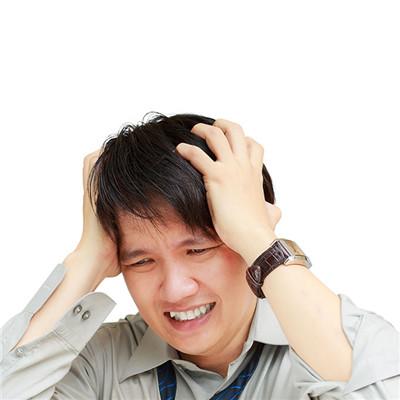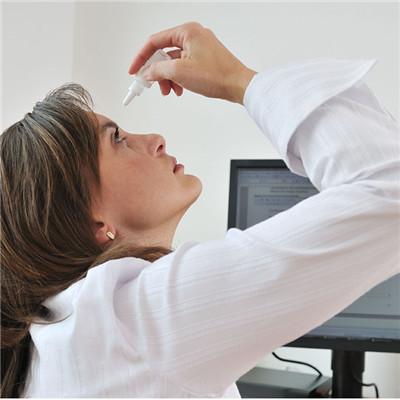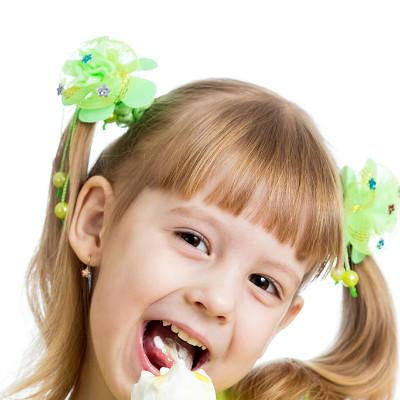Wind cold or wind heat cold
summary
Cold is a common disease that occurs almost all year round. Most people also know that cold is divided into "wind cold" and "wind heat cold". But do you know the specific difference between them? In addition to these two types of colds, do you know other kinds of colds? If you don't know, you have to have a good look at today's article! After all, the right medicine is the king's way! If you have a cold, you must find out whether it is wind cold, wind heat, or exterior cold and interior heat, and then treat it symptomatically. Let's take a look at the following.
Wind cold or wind heat cold
First: wind cold cold prescription Schizonepeta tenuifolia, Fangfeng. In addition to common symptoms such as nasal congestion, sneezing, cough and headache, patients with wind cold type cold also have symptoms such as fear of cold, headache, body sleepiness and runny nose. At this time, it is most effective to eat some Chinese herbal medicines with the functions of pungent warming, relieving exterior pain and dispersing cold.
Second: wind heat cold prescription honeysuckle, forsythia. In addition to nasal congestion, runny nose, cough and headache, people with wind heat cold also have symptoms such as yellow phlegm and thick tongue coating. The treatment should be based on the principle of clearing away heat and toxin and relieving exterior with pungent and cool. Honeysuckle and forsythia have the effect of clearing heat and detoxification, and the effect of treating wind heat cold is good. These two medicines can be drunk after decocting. Wind heat cold can be more uncomfortable than wind cold cold, and regardless of season. However, the cold in summer is mostly related to wind heat. The above two prescriptions are very simple and don't cost much. Although these two prescriptions are simple and cheap, they are very effective. Under normal circumstances, grasp two doses at a time, soak each dose for half an hour, then add 200 ml of water in the casserole, fry for 15 minutes, the water will become about 100 ml. One dose in the morning and one dose in the evening every day, usually two days.
Third: exterior cold, interior heat, mulberry leaf, chrysanthemum. In addition to the symptoms of headache, runny nose and other symptoms, the patients with exterior cold and interior heat will also feel cold all over the body (exterior cold), but the tongue is red, the fur is yellow, and the pulse is floating (interior heat). Generally speaking, the appearance is cold syndrome, and the body is heat syndrome. At this time, mulberry leaves and chrysanthemums, which can clear away heat and disperse wind, will come in handy. Don't underestimate this prescription, it is based on the famous traditional Chinese medicine Sangju drink refined, can be said to be born in a famous family, the efficacy will be more obvious. It is worth mentioning that this small prescription can be drunk by making tea with water. Each dose of the medicine can be soaked with 200 ml of water for four or five times. After changing it, it can be made into a new one. It is guaranteed to drink 2000 ml a day, and the cold will soon get better.
matters needing attention
And Schizonepeta tenuifolia has the effect of relieving exterior and dispersing wind, preventing wind and sweating, and dispersing pathogenic factors. These two kinds of Chinese herbal medicines are both pungent and warm, and the boiling water will not be rejected because of bitterness. It should be pointed out that wind cold often occurs in autumn and winter, which has a lot to do with cold. Therefore, it is better to drink some hot porridge or hot soup after taking medicine on time for half an hour in the morning and evening.













